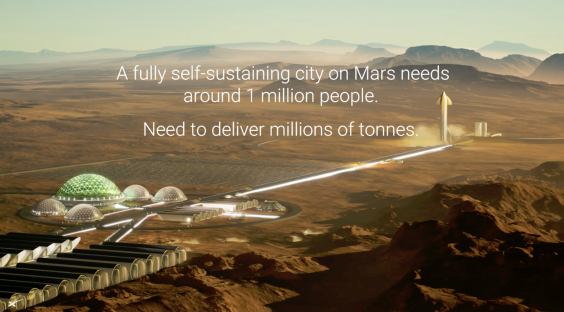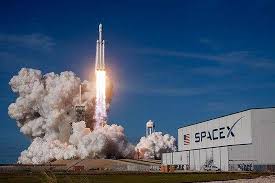
In a major update for the Starship program given this month, SpaceX chief Elon Musk revealed the firm's plans for future rockets, the fourth test flight, Starship test objectives for 2024 and SpaceX's plan to establish a self sustaining society on Mars. SpaceX's third Starship test took to the skies last month, and after it successfully fired the fourth test flight's booster's engines in Texas earlier this week, Musk outlined in his presentation that key test objectives for 2024 will see SpaceX try to catch the first stage at the launch tower.
He added that missions to Mars should take six re fueling flights to load the second Starship rocket with enough fuel, and SpaceX will try to catch its rockets as soon as it is comfortable 'landing' or crashing them in virtual towers in the ocean.
SpaceX Likely To Reuse Second Stage Starship In 2025 Says Musk
Musk's latest Starship talk marked a rare presentation where he dived into some details of what his company plans to do once it reaches Mars. Specifically, he outlined that landing sites on Mars must be as low as possible in elevation terms to provide Starship with sufficient atmosphere to slow itself down. They will also need to be located close to the Martian equator due to the need for ample sunlight to power up the Mars camp.
For now, SpaceX should test the full Starship stack for the fourth time next month. According to Musk, key test objectives will see teams try to 'land' Starship on the ocean as if there was a virtual launch tower present. If the rockets can successfully orient themselves, then the next step will be to bring them back to Boca Chica, Texas, to be caught by the launch tower.
The SpaceX executive revealed that for the Super Heavy booster, the subsequent test flight following a successful virtual catch will see a return to the tower. In contrast, SpaceX will test the second stage Starship twice before making a similar attempt.
He believes that there's an 80% to 90% chance that the booster will be recovered this year while recovering and re-using the ship will take longer since it will require "at least two consecutive successes of a given design that land them at a specific point in the ocean, or smash into a specific point in the ocean," before SpaceX tries to bring it back to the launch site to prevent excessive debris.
Since catching the rocket at the tower carries the risk of destroying the tower, SpaceX is building new towers. Two towers will be built in Florida and an additional one in Texas to ensure that testing cadence remains uninterrupted in case of accidents. Operational Starship launches should take place in Florida, and SpaceX plans to build six boosters this year, with all towers being built by next year.
Another key detail in the presentation was the number of flights for the Mars missions. To load Starship with fuel, the second stage ship will dock with a tanker in Earth orbit, and according to Musk, six re-fuelling launches should be sufficient for a Mars flight. As for the Starship ship for NASA's lunar missions, it will feature landing legs and eliminate its flaps and heat shield - making it unsuitable for a return journey to Earth.
For return missions from Mars, Musk believes that most people who sign up for a Martian journey will not return to Earth, but the long term design goal of the Starship program is to make such journeys possible. SpaceX will build a significantly greater number of ships than boosters, since most of the ships are likely to be reused on Mars for resources.

SpaceX will test the crucial ship to ship proepllant transfer for Starship next year, and key features of the presentation included details for the Raptor 3 engine and new Starship variants. The Raptor 3 will have integrated cooling channels, no heat shield and secondary plumbing integrated into the pump and the chamber jacket. This will provide it with higher thrust and a simplified design, also contributing to mass savings according to the executive.
As for Starship 3, it will be roughly 500 feet tall and feature thousands of design upgrades. "Starship 3 will cost less per flight than Falcon 1," since it's fully reusable Musk added, with SpaceX potentially being able to bring the cost to orbit down to $2 million.


 Crypto News Land
Crypto News Land DogeHome
DogeHome CFN
CFN BlockchainReporter
BlockchainReporter Cryptopolitan_News
Cryptopolitan_News DeFi Planet
DeFi Planet TheCoinrise Media
TheCoinrise Media CoinoMedia
CoinoMedia






















